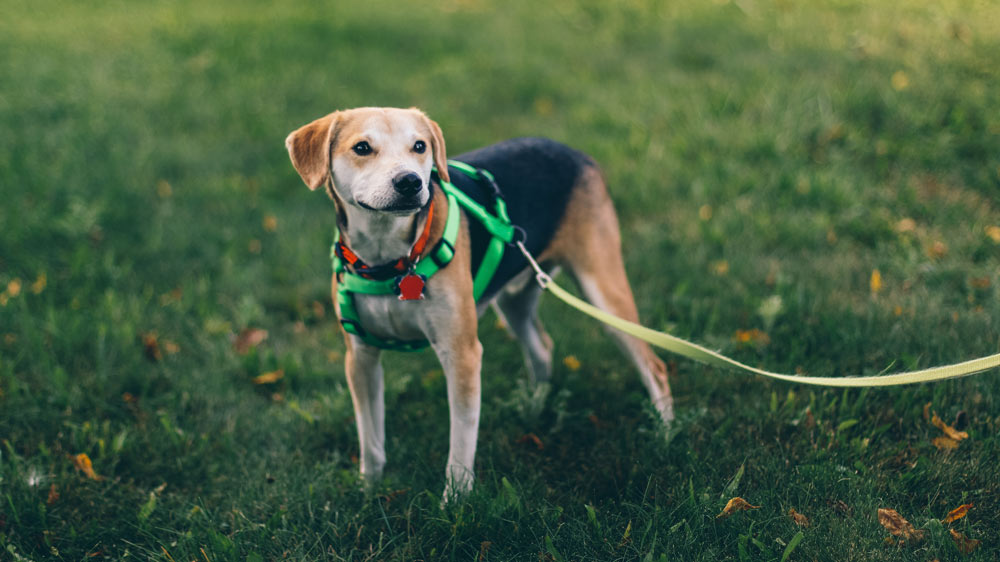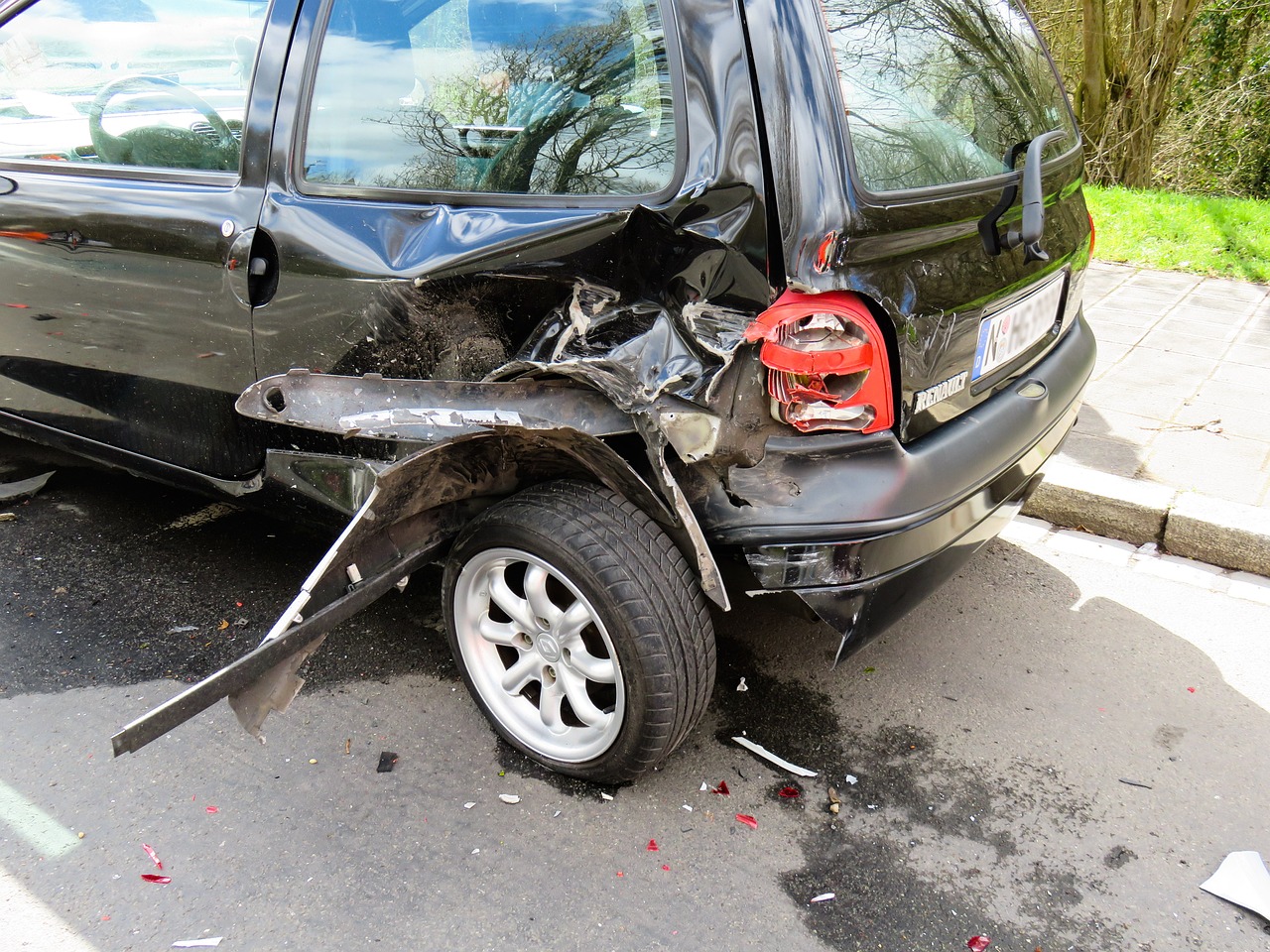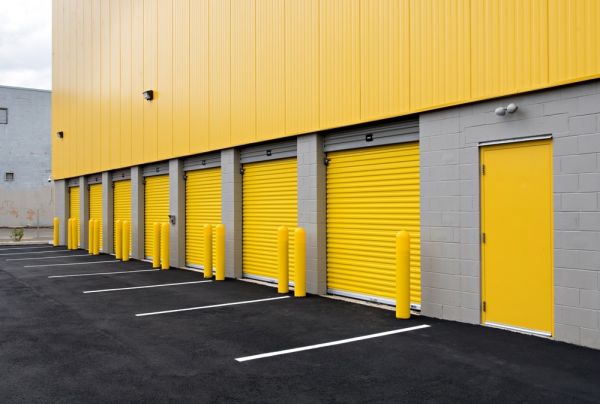Welcoming a furry friend into your life brings joy and responsibility. Among the many considerations for pet owners, choosing the right collar and leash for your canine companion is paramount. At Rocky Mountain Dog, we understand the significance of this decision and are here to guide you through the maze of options. This article delves deep into the world of dog collars and leashes, exploring styles, materials, and the importance of combining fashion with functionality.
Table of Contents
Choosing the Perfect Dog Collar: More Than Just a Fashion Statement
Understanding the Basics: Decoding Dog Collars
When it comes to dog collars, it’s not just about aesthetics; safety and comfort are key factors. Begin your selection process by considering the size, breed, and temperament of your dog. Small breeds may benefit from lighter, narrower collars, while larger dogs may require sturdier options.
Size and Fit
Begin by considering your dog’s size, breed, and temperament. A collar that fits well is essential for both safety and comfort. Small breeds may require narrower collars, while larger dogs need sturdier options.
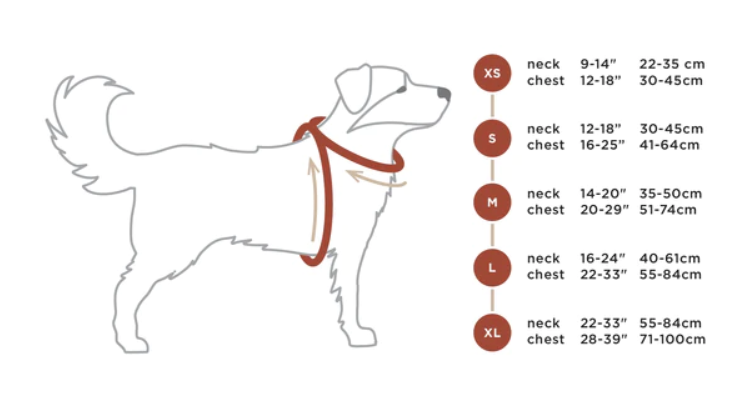
Types of Collars
There’s a myriad of collar types available, each serving different purposes. From standard flat collars for everyday wear to specialized training collars, knowing the options helps you make an informed decision.
Buckle Types
Collars come with various buckle types, including traditional buckles and quick-release buckles. Quick-release buckles are convenient for easy removal, while traditional buckles provide extra security.
Material Matters
The materials used in dog collars vary, each offering unique benefits. Nylon collars are durable and come in a variety of colors, while leather provides a classic and sophisticated look. For eco-conscious pet owners, there are even collars made from sustainable materials like hemp.
Safety First
Safety features should be a top priority when choosing a dog collar. Reflective collars enhance visibility during nighttime walks, and breakaway collars are designed to release if your dog gets caught on an obstacle, preventing potential harm.
Leashing the Excitement: A Guide to Dog Leashes
Length and Style
Dog leashes come in various lengths and styles, catering to different activities and training needs. Standard six-foot leashes are versatile for everyday walks, while longer leashes are ideal for training sessions or outdoor activities.
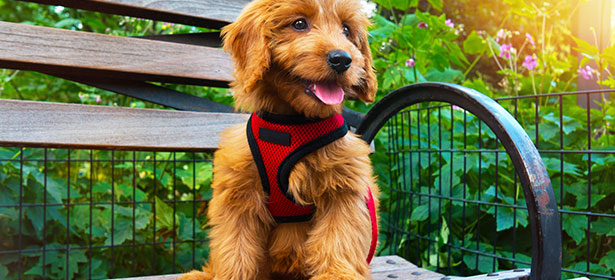
Material Matters Again
Similar to collars, leash materials matter. Nylon leashes are sturdy and budget-friendly, while leather leashes exude sophistication. Retractable leashes provide flexibility during walks but require responsible handling to ensure safety.
Hands-Free Options
For active pet owners, hands-free leashes are a game-changer. These leashes secure around your waist, allowing you to jog or hike with your dog comfortably.
Combining Style and Functionality: Matching Collars and Leashes
Coordinating Sets
Elevate your dog’s style by opting for matching collar and leash sets. Not only do they look adorable, but coordinating sets also ensure that your accessories complement each other in terms of functionality.
Personalization Trends
Customization is on the rise in the pet accessory industry. Many companies offer personalized collars and leashes with your dog’s name or a unique design, adding a touch of individuality to your pet’s wardrobe.
Training with Collars and Leashes
Training your dog is a rewarding journey that strengthens the bond between you and your furry companion. Collars and leashes play a crucial role in this process, offering a means of communication and control. Let’s explore effective training techniques using these accessories.
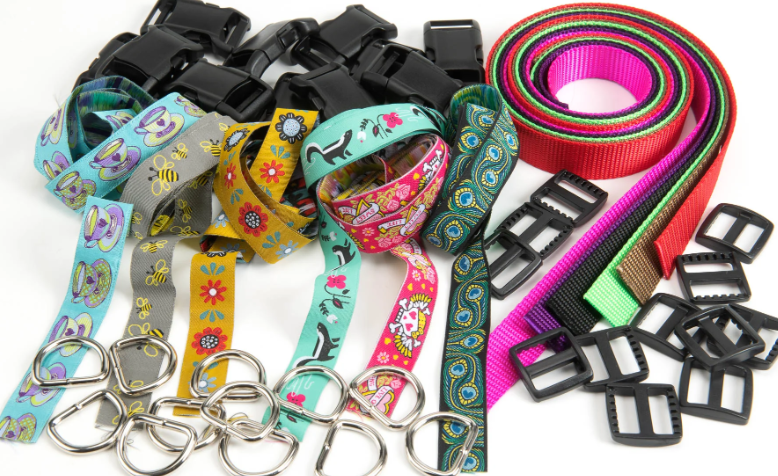
Positive Reinforcement
One of the most successful training methods involves positive reinforcement. When your dog exhibits desired behavior, reward them with treats, praise, or affection. This creates a positive association with the collar and leash, making your dog more cooperative during walks and activities.
Consistency is Key
Consistency is vital in dog training. Use the same commands and signals consistently to avoid confusion. When using collars and leashes, ensure that your commands remain constant, reinforcing the connection between the accessory and specific actions.
Gradual Introduction
For puppies or dogs new to collars and leashes, introduce these accessories gradually. Start with short sessions indoors, allowing them to get accustomed to the feeling of wearing a collar. Gradually progress to leashes, reinforcing positive behavior with rewards.
Avoid Negative Associations
It’s crucial to prevent your dog from associating the collar or leash with negative experiences. Never use the leash for punishment, and if your dog shows fear or discomfort, address it with patience and positive reinforcement. This ensures a positive perception of the training tools.
Conclusion
In conclusion, selecting the perfect dog collar and leash is an essential aspect of responsible pet ownership. Prioritize safety, comfort, and style when making your choices. Remember, the right accessories contribute not only to your dog’s well-being but also to the overall enjoyment of your shared adventures.
Frequently Asked Questions
Q1: Can I use a retractable leash for all dog breeds?
A1: While retractable leashes offer versatility, they may not be suitable for larger, stronger breeds. Always consider your dog’s size and strength before choosing a leash.
Q2: What materials are best for dogs with sensitive skin?
A2: For dogs with sensitive skin, consider collars made from soft materials like nylon or padded leather to prevent irritation.
Q3: Are personalized collars safe for dogs?
A3: Yes, personalized collars are safe as long as they are made from high-quality materials and have safety features like breakaway buckles.
Q4: How often should I replace my dog’s collar?
A4: Inspect your dog’s collar regularly for signs of wear and tear. Replace it immediately if you notice any damage to ensure your dog’s safety.
Q5: Can I wash my dog’s collar and leash?
A5: Most collars and leashes can be washed by hand using mild soap. Check the manufacturer’s instructions for specific care guidelines.


